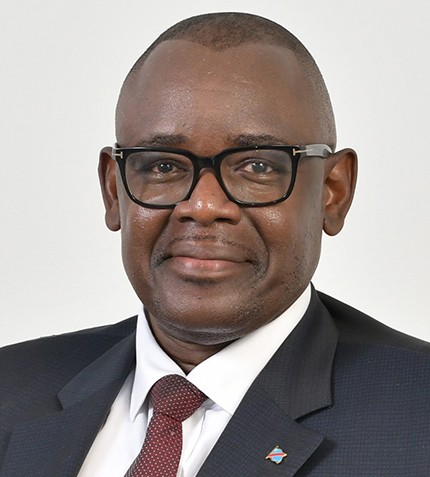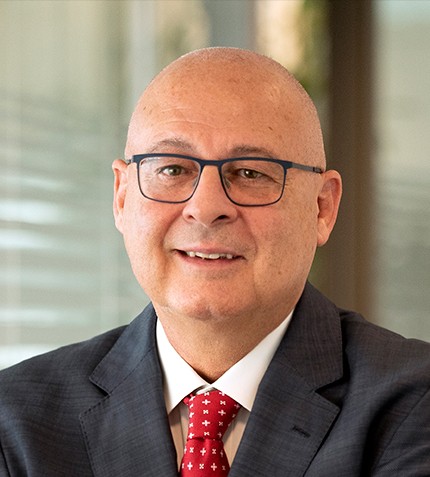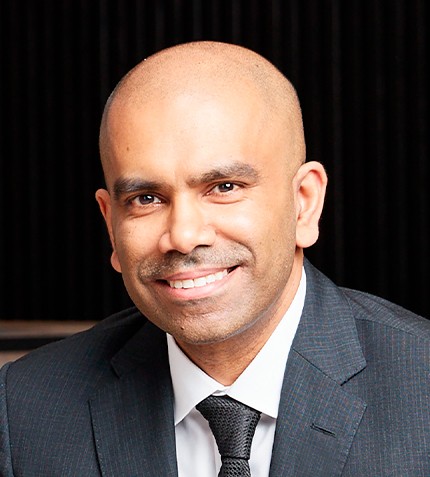
"I am concerned that the DRC is not fully capturing the opportunities of the commodity boom."
Louis Watum
PRESIDENT, CHAMBER OF MINES DRC
What have been the most recent developments at the Chamber?
We have been fighting a surge in resource nationalism brought on by the rise in commodity prices. Multiple direct and indirect taxes, many of which fall outside of the mining code, have been introduced in the past year. The government owes the industry over US$1 billion in VAT, and, despite its commitment to pay the debt, implementation has been lagging. The Chamber has also organized a number of forums between the government, civil society and mining operators to achieve a fairer allocation of financial resources towards local communities: The new mining code requires that 0.3% of annual mining turnover goes to local communities, on top of which, mining companies are obliged to pay royalties and abide by legally binding commitments made to specific communities. More than building a few classrooms, this money should aid development for the next 20-30 years, by which time the mines may no longer be in operation.
How has the industry performed in the last year?
2021 production figures have been in line or exceeded those of 2020, and the industry continued to show resilience. With Kamoa coming into production in May 2021, DRC saw another record year for copper output, outperforming 2020’s record of 1.6 million mt with 1.7 million mt registered in 2021. Cobalt production is at around 100,000 mt and gold at 23 mt.
How do you see DRC’s relevance in the green revolution?
I strongly believe in copper fundamentals, not just because of China’s humongous appetite for the metal, but because copper is the most crucial metal in decarbonizing the world economy. On the demand side, reflanionist policies adopted by many developed economies which need to renew their aging infrastructure in order to stimulate economic growth, as well as explosive demographics and booming economies of many African countries, drive copper demand exponentially north. On the supply side, aging South American mines leave a gap that I anticipate will not subside in the long term, even if the coming onstream of mines like Kamoa and others in Peru or Chile may temporarily bandage this deficit. That said, I am concerned that the DRC is not fully capturing the opportunities of the commodity boom. The higher national revenues should translate into more capital investments in critical areas of the economy, yet this is yet to be seen.
What are the key challenges hindering further development in DRC’s untapped minerals?
DRC’s total mineral wealth is measured in the tens of trillions of dollars, but security threats, perceived poor institutional capacity and a severe infrastructure and energy deficit are big investment deterrents. We have a lot of homework to do to attract more investment into mining, like coming up with the right policy mix and a transparent mining registry system. Be that as it may, the DRC remains a very lucrative destination and the Kamoa success story is a case in point.
Could you help our audience better understad the state of emergency in the eastern side of the country?
Security remains a big concern in the east. The government took extreme measures, imposing a siege in North Kivu and Ituri, where the administration is now in the hands of the army. Security challenges are a huge detractor to investment, but this raises a chicken-and-egg question of which should come first – investment or peace? A preposterous lack of investment since the country’s independence 60 years ago has intensified violence, creating generations of young people that are easily recruited by militia. Without education, this youth is armed to cause havoc. I think investment and economic prosperity will help the stabilization of the country more than the other way around. Barrick’s US$2.5 billion investment in northern Congo proves this point. Peace results by creating an island of prosperity that attracts both job seekers and businesses. Proper economic activity can replace militia activity. My message to the audience is that we should change the narrative, inject capital and stimulate growth at the same time as the army pressures rebel groups.
What are the Chamber’s priorities for 2022?
We will continue working hand in hand with all stakeholders to create greater ESG consciousness, see the government implementing a clear mining vision and build better capacity for the administration of the industry. We will also work towards a more constructive interaction between local communities and mining companies.










